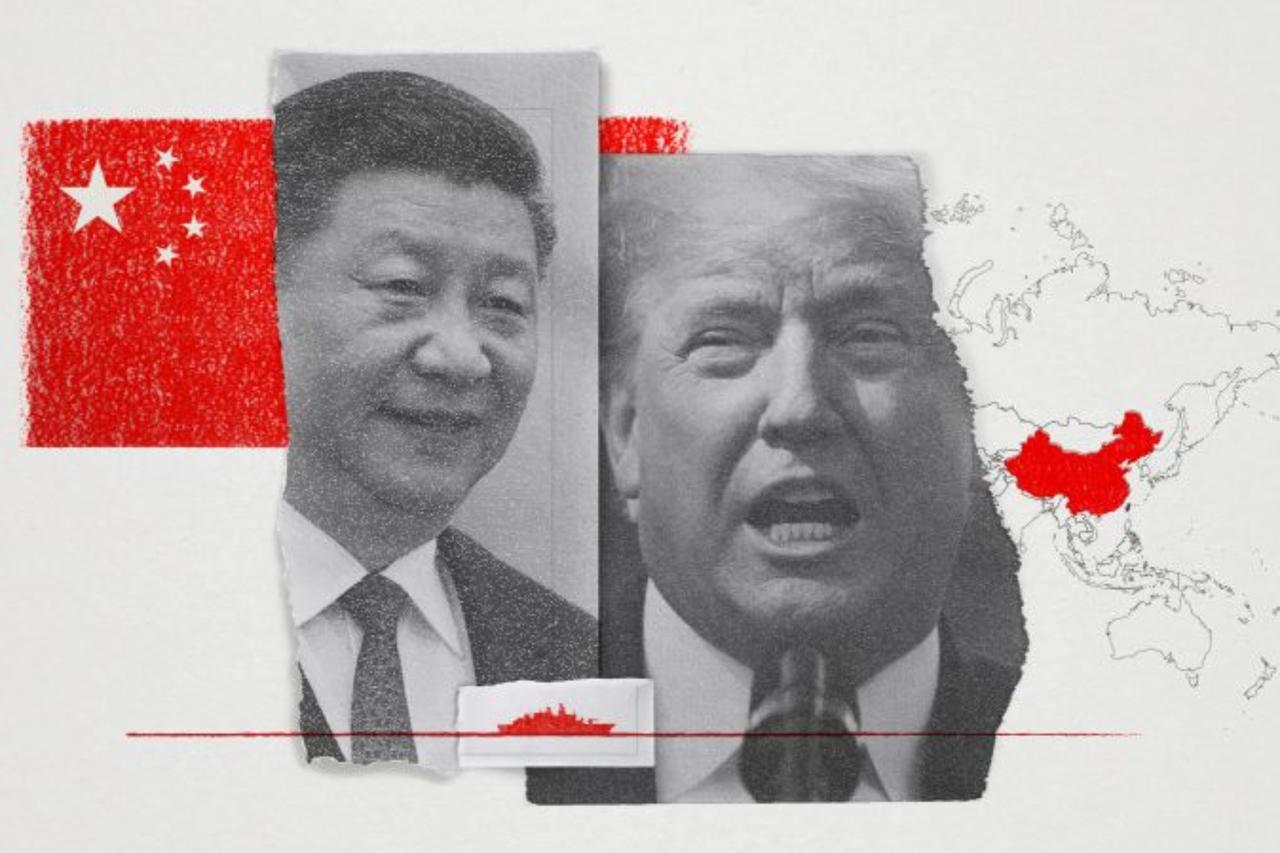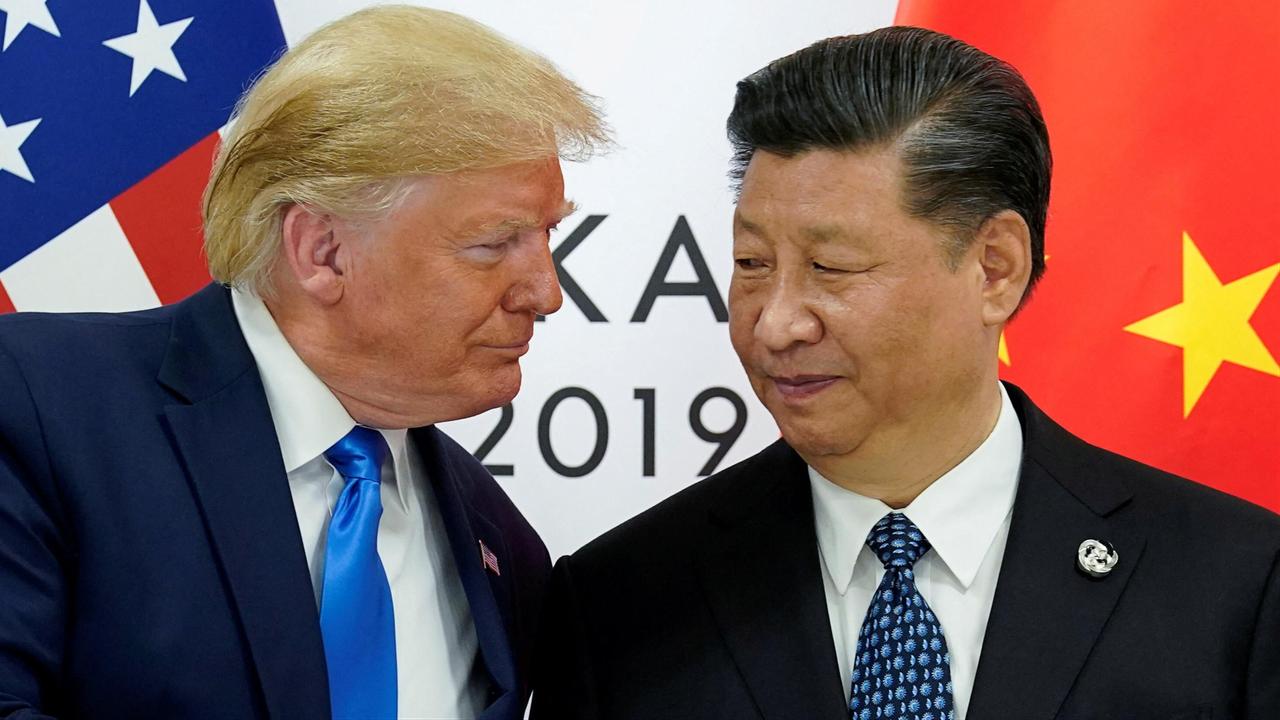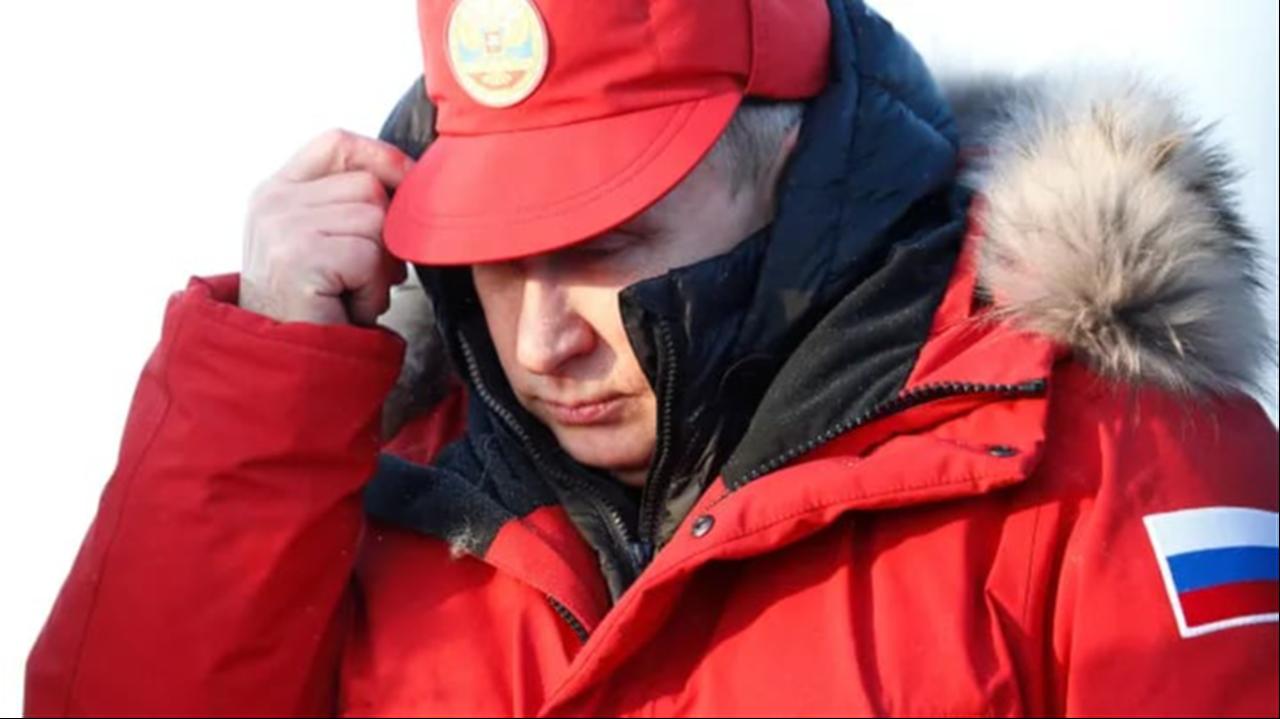
This article builds on previous coverage of Greenland’s melting ice and the shifting balance of power in the Arctic, examining projections for 2030–2040 and outlining national strategies and potential scenarios for key global actors.
Greenland’s strategic value has been consistently highlighted from the pre-Cold War era to the present. In 1867, the U.S. purchased Alaska from Russia, concretizing its expansionist vision across North America. During the 1940 Nazi occupation of Denmark, the U.S. secured control of Greenland to safeguard the northern Atlantic corridor. In 1941, the Danish government’s envoy signed a defense agreement with Washington without Copenhagen’s formal consent, granting the U.S. the right to establish military bases and defend the territory. Truman later even offered to purchase Greenland for $100 million in gold. This historical trajectory provides the necessary lens to understand contemporary Arctic politics and power competition.
Greenland gained autonomy from Denmark in 1979, and following the 2009 referendum, it assumed greater control over its natural resources. Defense and foreign policy, however, remain largely under Danish authority. This political and historical framework demonstrates how Arctic power projection balances local authority and international interests.
The IPCC’s Sixth Assessment Report predicts significant reductions in Arctic sea ice by 2050. This will facilitate navigation through the Northwest Passage and the Northern Sea Route, creating new opportunities for global trade and energy transport. Ice melt directly influences access to resources and the control of emerging maritime routes, creating a strategic competition among global powers.
Projections for 2030–2040 indicate that Greenland’s oil and gas reserves could yield an equivalent of 40–50 million barrels annually. Uranium and rare earth elements will play a critical role in high-tech, nuclear, and renewable energy sectors, making the region indispensable for major powers.

The United States is modernizing its Arctic bases, with facilities like the Pituffik Space Base in Greenland and installations in Alaska enhancing strategic reach. These bases integrate ballistic missile early warning systems, environmental monitoring, and rapid response capabilities. Since 2018, U.S. expansion in the Arctic has served as a deliberate measure to maintain strategic parity with Russia and China.
Between 2030 and 2040, the U.S. plans to secure uranium and hydrocarbon projects in Greenland while enhancing intelligence and surveillance along the Northern Sea Route and the GIUK corridor. This approach exemplifies the integration of strategic foresight with environmental responsibility in modern Arctic policy.
Russia perceives the Arctic not merely as a remote region, but as a buffer critical to its national security. By 2024, Russia had established 32 permanent military bases, many modernized from Soviet-era infrastructure. Franz Josef Islands, Kotelny, and Wrangel Island remain strategically vital for submarine patrols and deterrence operations. The GIUK corridor, historically monitored Soviet submarines entering the Atlantic and continues to hold strategic relevance.
From 2030 to 2040, Russia is expected to expand energy projects and logistical infrastructure, asserting control over the Northern Sea Route. Increased submarine activity shapes NATO’s intelligence priorities and underlines the ongoing strategic friction in the region.

In January 2018, China announced its Polar Silk Road policy, aiming to integrate Arctic economic routes with the Belt and Road Initiative. The Northern Sea Route and emerging shipping corridors are intended to shorten Asia–Europe transport timelines while reducing costs.
Projects like the Kvanefjeld mine and the Isua iron deposits are key to rare earth elements and uranium. China plans to leverage these resources to support the energy and technology sectors. U.S. and European oversight, alongside environmental and geopolitical concerns, constrain Chinese expansion. The 2021 Greenland elections, in which environmentalist parties gained power, reflect local opposition to foreign mining projects, particularly uranium extraction.
Türkiye’s influence in the Arctic focuses on diplomacy, scientific research, and environmental monitoring rather than direct military presence. Scientific initiatives under NATO and sustainable energy projects offer middle powers avenues to exert regional influence. The 2030–2040 horizon will underscore the importance of projecting influence through knowledge, foresight, and diplomacy.
By 2030–2040, the Northern Sea Route will emerge as a critical alternative for Asia–Europe trade. China’s infrastructure investments and Russia’s port and submarine facilities will ensure secure, rapid transportation. The U.S., in turn, will strengthen its bases and radar systems to maintain regional control and intelligence advantage.
Rapid ice melt, sea-level fluctuations, and ecosystem impacts pose significant environmental risks. International cooperation and local participation are essential to ensure sustainable resource utilization. Greenland must balance its economic potential with the protection of local communities while mitigating tensions among global powers.
The actions of the U.S., Russia, and China in the Arctic illustrate a tangible multipolar dynamic. The 2030–2040 period will be defined by the intersection of power projection, energy security, and environmental responsibility. Middle powers, including Türkiye, can shape the balance through diplomacy and scientific engagement.
Melting ice represents more than an environmental phenomenon; it serves as a strategic indicator. The critical question is not only who controls territory but who can manage knowledge, make informed decisions with environmental accountability, and maintain effective influence in global power dynamics.